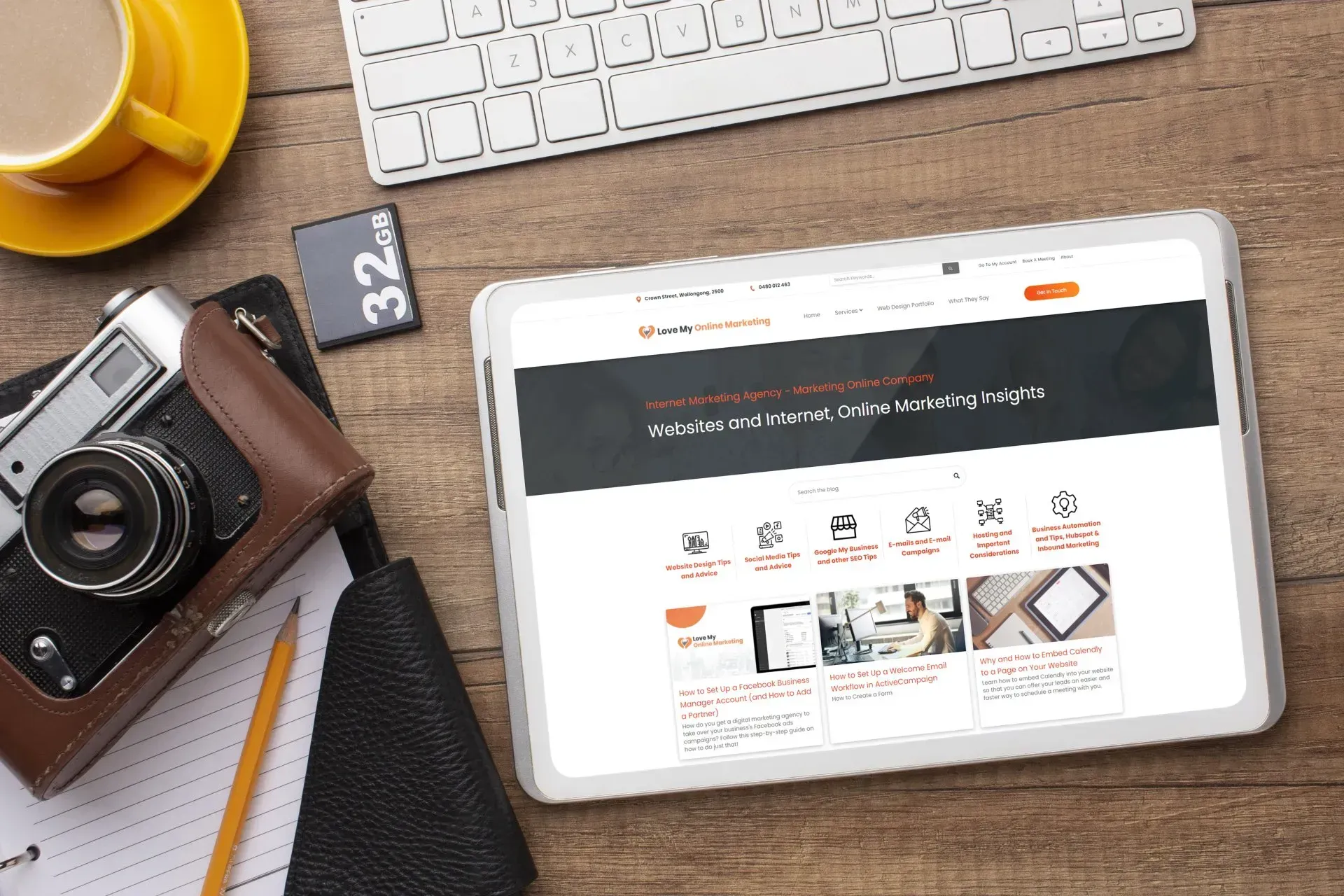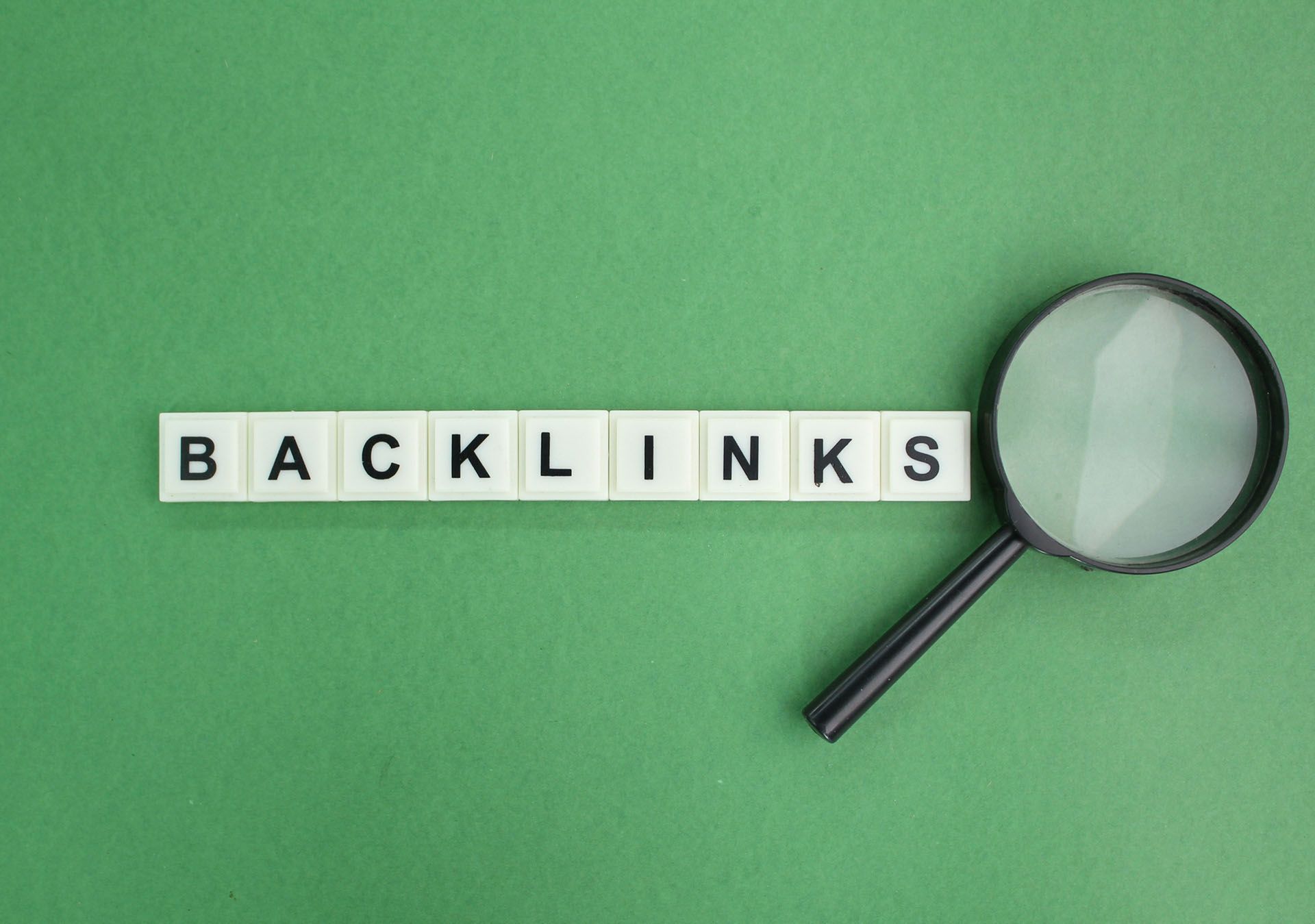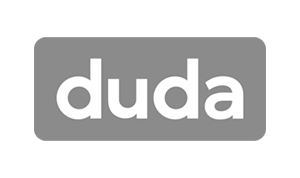Crown Street, Wollongong, 2500
What is Branding? The Complete Guide to Building Your Corporate Identity
In the business world, branding is everything. It's what sets your company apart from the competition and helps customers remember who you are. But what is branding, exactly? And how do you go about creating a strong corporate identity for your company? In this comprehensive guide, we will answer all of those questions and more!
What Is a Brand?
A brand is much more than just branding logo design or a name. It's the entire experience that customers have with your company, from their first interaction all the way to post-purchase follow-up. A strong brand will instil trust in customers and make them feel good about doing business with you. It should be consistent across all touch-points, from your website and social media to your packaging and advertising.
The term "brand" refers to intangible marketing concepts that help people recognise and identify a company or individual.
Creating a strong branding is essential for any business, big or small. But it's not always easy to do. It takes time, effort, and a lot of thought to get it right. If you're not sure where to start, don't worry! We'll walk you through the process step-by-step so that you can create a corporate identity that really pops.
Why Is Branding Important?
A strong branding can make or break a business. When you’re starting out, it’s important to be able to make a lasting first impression. Your business’s logo and visual identity are the first things customers will see when they come into contact with your company, whether that be on social media, at a trade show, or in your physical store.
Branding boosts business value.
A recognisable and successful brand can make your business more valuable. This is because a good reputation and high customer loyalty are worth a lot to potential buyers.
Branding attracts new customers and keeps existing customers coming back.
Successful branding will help you attract new customers who are looking for the specific products or services that you offer. And once you have them, a well-crafted corporate identity will keep them coming back for more.
Branding helps you stand out from the competition.
In today's competitive marketplace, it's more important than ever to make sure your company stands out from the crowd. A strong branding will help you do just that by differentiating you from your competitors and making you more memorable in the minds of customers.
Builds trust within the marketplace.
A good brand will inspire confidence in customers and make them feel good about doing business with you. This is because they know they can expect a certain level of quality and service from your company.
Increases employee pride and satisfaction.
A strong branding will also make your employees proud to work for you. This is because they will feel like they are part of something bigger and more successful than themselves. And when employees are proud of their company, they are more likely to be satisfied with their job and stay with the company for longer.
Types of Brands
There are several different types of brands, each with its own strengths and weaknesses. The type of brand you create will be based on your business goals and the needs of your customers. Here are a few of the most common types of brands:
- Personal Brands: These are built around a single person, such as an entrepreneur or public figure. They are often seen as more trustworthy and credible than other types of brands.
- Corporate Brands: These are built around a company or organisation. They tend to be more formal and professional than personal brands.
- Service Brands: These are built around service rather than a product. They often focus on customer satisfaction and convenience.
- Product Brands: These are built around a specific product. They usually focus on quality and value. This requires market research to figure out what the target audience wants and needs.
Branding Terms to Know
Now that we've answered the question "what is branding?" let's take a look at some of the most important terms you need to know when it comes to branding your business.
Brand identity: The overall look and feel of your brand. It includes things like your logo, colour scheme, typography, and other visual elements.
Brand strategy: This is the long-term plan for how you want to position your brand in the market and what goals you want to achieve with your branding efforts.
Brand awareness: This refers to how well customers know and recognise your brand. High brand awareness leads to high levels of customer loyalty.
Brand equity: The value that customers associate with your brand. It's based on things like customer satisfaction, name recognition, and overall reputation.
Brand extension: This is when companies "extend" their brand to new products or markets. For example, a clothing company might launch a new line of cosmetics under their existing brand name.
Brand management: The process of creating, managing, and evolving your brand's identity. It includes managing your identity elements, ensuring consistency across all touchpoints, and protecting your brand from negative associations.
Brand recognition: This is when customers are able to identify your brand by its visual elements (like the logo) without seeing the name of the company - from your tagline, logo, packaging, or slogan.
Brand trust: This is the customer's belief that your brand is credible, reliable, and provides good value.
Brand validation: This is when an independent third party (like a customer or industry expert) confirms that your brand is as good as you say it is.
How to Create a Brand
When a business first starts out, the owner is usually the only one involved in the day-to-day operations. As the business grows, it may start to hire employees and delegate tasks. At this point, it’s important to start thinking about how you want your business to be perceived by the public. This is where branding comes in.
Make sure to take notes as you read through this section so you can put together a branding strategy for your business.
01. Start with research.
Before you start creating anything, it's important to do your research. This will help you understand your target audience and what they're looking for in a brand. You should also research your competition to see what they're doing well (and not so well).
02. Define your goals.
What do you want to achieve with your branding efforts? Do you want to increase sales? Build customer loyalty? Attract new customers? Once you know your goals, you can start planning how to achieve them.
03. Create a brand strategy.
This is where you'll define the long-term vision for your brand. What values do you want to communicate? What personality do you want your brand to have? How will you position yourself in the market? Answering these questions will help you create a strategy that you can use to guide all of your branding decisions.
04. Develop your visual identity.
Your visual identity is what customers will see first, so it's important to make a good impression. This includes things like your logo, colour scheme, and typography. If you're not sure where to start, there are plenty of branding agencies that can help you develop a professional and cohesive visual identity for your business.
05. Apply your branding across all touchpoints.
Once you've developed your visual identity, it's important to apply it consistently across all touchpoints. This includes your website, social media accounts, business cards, marketing materials, and more. Consistency will help customers easily recognise and remember your brand.
06. Monitor and protect your brand.
It's important to keep an eye on how your brand is performing in the market. Are customers responding well? What do they think of your new products or campaigns? If you're not getting the results you want, don't be afraid to make changes to your branding strategy. You should also protect your brand from negative associations by monitoring what's being said about it online and quickly addressing any negative feedback.
07. Market your brand.
The final step is to start marketing your brand to the world. This can be done through traditional advertising, online marketing, public relations, and more. If you want customers to remember your brand, you need to make sure they're seeing it regularly.
Branding Tips for Small & New Business
There's no question that small businesses have to work hard to create a strong corporate identity. After all, you're competing against much larger companies with significantly more resources. But don't despair— with a little creativity and effort, it is possible to develop a powerful brand on a shoestring budget. Here are some tips:
- Choose a catchy name and logo. Your name and logo are the first things customers will notice about your business, so make sure they're memorable and distinctive.
- Develop a unique selling proposition. What makes your company different from all the others in your industry? Figure out what sets you apart and use it to your advantage in all of your marketing efforts.
- Create consistency across all channels. Make sure your branding is consistent across all of your marketing channels, from your website to your social media profiles to your business cards.
- Tell a story. Consumers love stories, so tell them one! Share the story of how your company started, what drives you, and what sets you apart from the competition.
- Be authentic. Above all, be authentic in everything you do. Customers can spot inauthenticity a mile away, so make sure your branding is true to who you are as a company.
Design Your Future With Love My Online Marketing
The branding process can be difficult and time-consuming, but it's important to monitor your brand and make changes as necessary to keep it relevant. That's where Love My Online Marketing comes in. We can help you with your branding by creating a custom logo, colour scheme, and tagline to help you stand out from the crowd. Contact us today to learn more.

Love My Online Marketing has 10+ Years of working alongside businesses and helping them grow. Discuss your options for online success from website Design and Development through to Google Marketing.
Do you want more traffic and business leads?
Love My Online Marketing is determined to make a business grow. Our only question is, will it be yours?






























